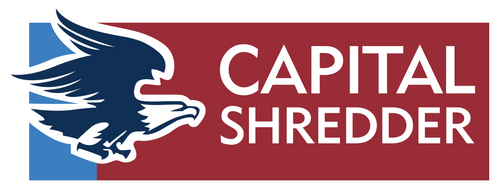There are many simple steps you must take to handle documents with sensitivity and care. Teaching your staff to carefully manage the way they treat the data they have access to is essential. Knowing how to increase your company’s document security can help save your business from unnecessary risk.
Point of Capture
When information is first collected, it’s called the point of capture. This could be the first moment data is uploaded to a device connected that’s connected to the web or the first moment it is input into a different storage area. Many don’t realize that copiers, fax machines, and printers can all store your information.
These processes become so routine that we often fail to concern ourselves with data in queues and devices. The networks that these devices operate on need to be secure. Additionally, access codes and authorized user requirements should be added to shared devices in order to validate credentials and provide better security and control.
Output Regulations
Documents that are produced from various office devices are open to being seen by the wrong eyes if left unattended, forgotten about, or printed to the wrong machine. Implementing print management software will only allow information to be printed on specified devices. By requiring users to input specific credentials before allowing the machine to output information, you’re creating an audit trail.
You can check activity and ensure that those printing data are ready to receive it. If you are allowing wireless printing between devices, be sure to have the communications encrypted to only make the information visible to those it’s intended to reach.
Collaboration Processes
Using a safeguarded collaboration of different processes helps keep others from changing formatting or editing information. For example, turning a document into a PDF prevents any unauthorized changes from occurring.
You want information that comes from your company and goes to a customer to be secure and only accessible via a protected file. Using collaboration processes to manage how information is edited and giving permission and control only to specified parties is crucial.
Document Storage
With an influx of ways to digitally upload, file, and secure information, you must explore the sensitive physical documents that should be destroyed. Using one of Capital Shredder’s high-security shreddersensures that confidential information on the company, employees, and customers is disposed of properly.
It can be difficult to keep track of loose paperwork; the more documents you can convert into digital files, the less risk there is of data getting into the wrong hands. Digital information can be encrypted, secured, and stored in a much smaller file system.
There are many ways to increase your company’s document security. Implementing security policies will ensure that your staff isn’t arbitrarily printing or leaving important information out in the open. Avoiding creating physical copies that can be lost will help your company remain secure and compliant with security regulations and laws.


